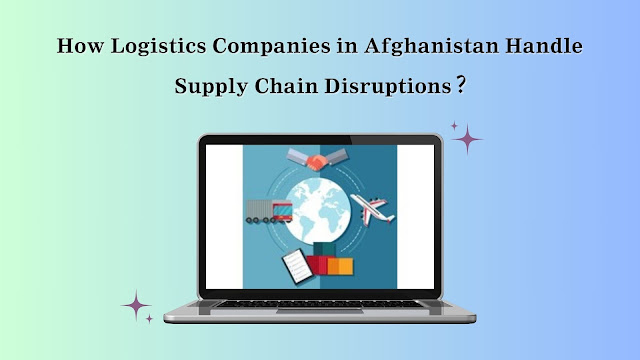Sea Freight Challenges in 2025 and Practical Ways to Overcome Them
Sea Freight remains the backbone of international trade, moving bulk cargo, raw materials, and manufactured goods across continents. While it is more economical than air transport, 2025 presents several operational, environmental, and regulatory challenges for Sea Freight Companies and their clients. To maintain efficiency and resilience, businesses must understand these obstacles and adopt strategies that ensure smoother shipping operations.
What Sea Freight Means Today
Sea Freight is the process of transporting goods through
ocean routes using specialized vessels. Depending on the cargo, companies
choose Full Container Load (FCL), Less than Container Load (LCL),
Roll-On/Roll-Off (Ro-Ro), or bulk shipping methods. Sea
Freight Companies manage everything from container booking and port
handling to customs clearance and delivery at the final destination.
The process usually follows a sequence: cargo booking → port
delivery → loading and stowing → ocean voyage with tracking → customs clearance
at the destination → final delivery. While this method is cost-efficient, it
also comes with unique complexities that businesses must prepare for.
Key Sea Freight Challenges in 2025
1. Oversized and Heavy Cargo
Transporting large industrial equipment or construction
materials is complex. Such shipments require customized handling, special
containers, and coordination across ports.
How to Overcome: Businesses should collaborate with
Sea Freight Companies that specialize in project logistics and heavy-lift
cargo, ensuring careful planning and the right equipment for safe transport.
2. Perishable and Sensitive Goods
Fresh produce, pharmaceuticals, and temperature-sensitive
products demand uninterrupted cold-chain management. Even minor fluctuations in
temperature or humidity can cause product losses.
How to Overcome: Using refrigerated containers with
smart monitoring systems allows constant visibility. Businesses should rely on
Sea Freight Companies offering IoT-enabled reefer containers to ensure quality
preservation.
3. High-Value Cargo Security
Shipping electronics, luxury items, or fragile machinery
carries risks of theft or damage during transit.
How to Overcome: Enhanced security solutions such as
tamper-proof seals, GPS-enabled containers, and tailored insurance plans are
essential. Partnering with Sea Freight Companies that prioritize risk
management ensures safe delivery of valuable shipments.
4. Port Congestion and Bureaucracy
In 2025, congestion at busy ports remains a pressing issue,
leading to delays, increased costs, and missed deadlines. Additionally, errors
in documentation slow down customs processes.
How to Overcome: Businesses can use digital platforms
for faster bookings and documentation. Sea Freight Companies that integrate
electronic bills of lading and real-time visibility tools help minimize
paperwork errors and reduce waiting times.
5. Workforce and Handling Challenges
Shortages of skilled dock workers or poor handling practices
can result in damaged cargo and slower operations.
How to Overcome: Choosing operators with certified
and well-trained teams ensures professional handling. Businesses can also look
for companies investing in automation and port technology to offset labor
shortages.
6. Sustainability and Green Shipping Regulations
Environmental policies are becoming stricter, requiring
ships to cut emissions and adopt cleaner practices. Compliance often increases
costs for carriers and shippers alike.
How to Overcome: Businesses should align with Sea
Freight Companies investing in alternative fuels, energy-efficient vessels, and
sustainable supply chain practices. Optimized packaging and load planning also
reduce fuel use and emissions.
Building Resilience in Sea Freight Operations
To thrive in 2025, businesses must go beyond cost
considerations. Success in sea freight logistics depends on:
- Partner
Selection: Working with Sea Freight Companies that handle specialized
cargo and provide end-to-end solutions.
- Digital
Transformation: Using tracking, cloud documentation, and AI-driven
route optimization.
- Proactive
Planning: Preparing for port delays, geopolitical disruptions, or
labor issues.
- Sustainable
Practices: Reducing environmental impact while meeting regulatory
requirements.
Final Thoughts
While challenges like congestion, sustainability demands,
and cargo security shape the Sea Freight industry in 2025, businesses can
overcome them with preparation and strong partnerships. By working with
innovative Sea Freight Companies, leveraging digital tools, and prioritizing
resilience, global trade operations can remain both efficient and future-ready.




Comments
Post a Comment